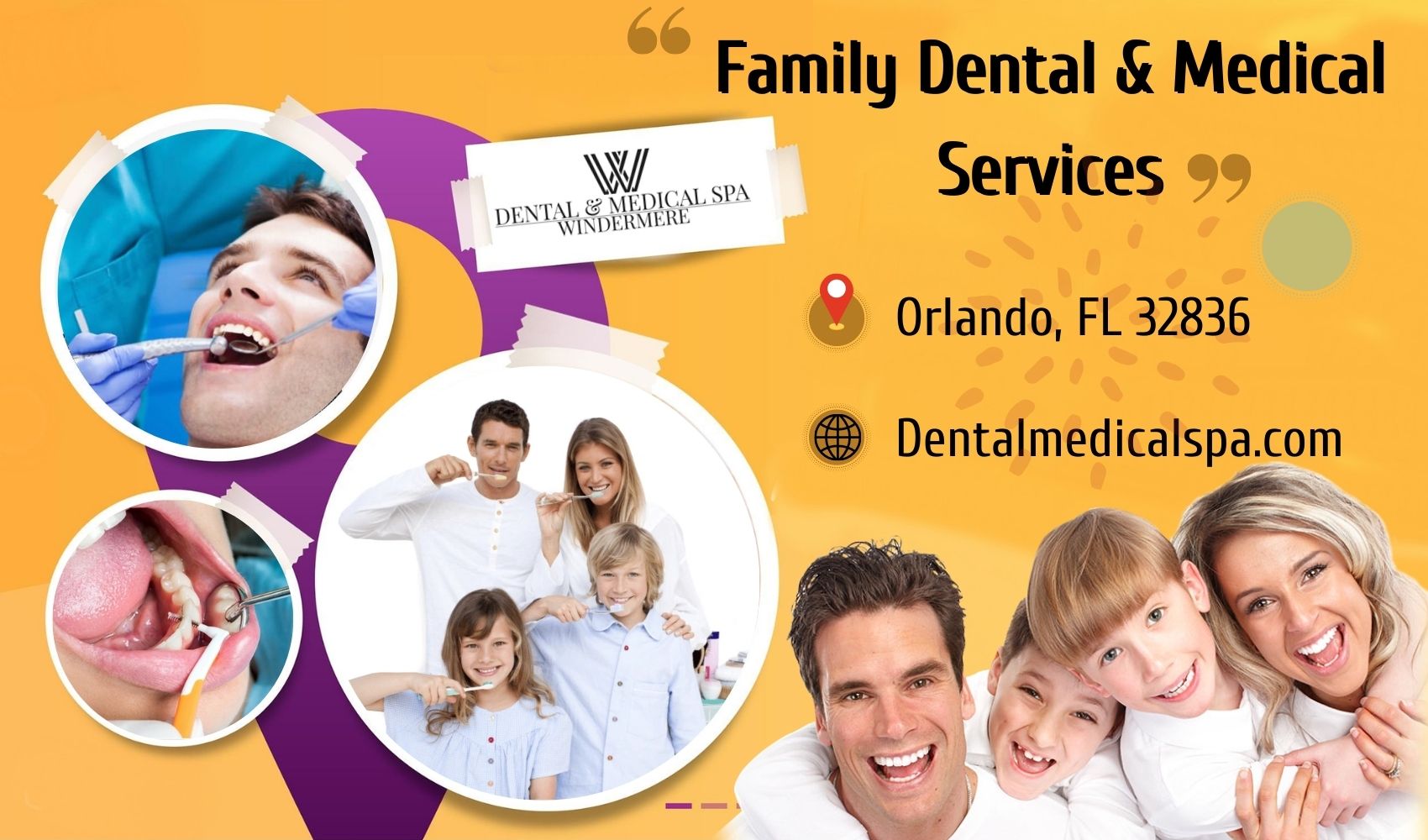Achieving Radiant Smile with Teeth Whitening
Teeth have a natural white shade that makes people's smile more appealing. But, as time progresses, this color gets affected by various factors that range from genetic defects to bad oral hygiene. As a result, a tooth turns into yellow and looks obnoxious or unhealthy. Even though some such yellowish stains can be removed by brushing, clinical teeth whitening procedures provide a significant difference in color to make dentition appear white again. With these treatments, people can achieve their desired results devoid of any major side effects.
Common risk factors
For most people, the lack of regular brushing might lead to discoloration. Repeated consumption of food particles when not removed with hygiene routines develops into sediments that form around the arches. Over time, it turns into plaque, and eventuality results in cavities. This is a common case among many individuals since they do not practice proper hygiene routines.
Fluoride is known for strengthening gums and enamel, but excessive consumption of this mineral is detrimental. Most commonly used dentifrices and mouthwashes contain fluoride. Dentists also utilize it during clinical teeth cleaning procedures. But, in certain situations, the overuse of fluoride can cause discoloration.
Other than this, progressing age or genetic factors can also yellowish stains. When people age, their enamel losses its natural thickness, and light penetrates more often. Due to this, dentin might appear yellow. Some individuals with their genetic conditions have yellowish from a young age. In certain cases, these can be only treated with clinical procedures.
Treatment phases
During a teeth whitening process, dentists will prepare custom mouth trays by taking digital scans of a patient's dentition. This avoids any issues or complications throughout a treatment. Once prepared, practitioners will fill those pieces with bleaching solutions containing abrasive agents. This penetrates the porous surface of the enamel and clears stains. It will take about thirty to forty minutes for this process to finish.
Based on the desired results, dentists will apply multiple coatings in a single setting. They will remove old coatings with a handheld device and reapply a new one for further improvements. To protect gums and tissues from abrasive solutions, they may use a composite sheet to cover other areas. This avoids any issues like inflammation or swelling that occurs when this bleaching reacts with guns.
Apart from this method, patients also have access to home brightening kits and mouthwashes. These are available either in the form of mouth trays or bleaching strips. People should use these kits as per the prescribed time period. Although it can whiten dentition, these home kits cannot offer a significant change in color like treatments employed by practitioners. Likewise, individuals can only retain their enhancement for several months.
Lastly, clinical procedures are better than over-the-counter products, as it offers more safety. Dentists will use protective measures before applying solutions in a tray, such could not be guaranteed with home kits or brightening kits. So, when all these factors are evaluated, a procedure performed by professionals is better and effective.
Common risk factors
For most people, the lack of regular brushing might lead to discoloration. Repeated consumption of food particles when not removed with hygiene routines develops into sediments that form around the arches. Over time, it turns into plaque, and eventuality results in cavities. This is a common case among many individuals since they do not practice proper hygiene routines.
Fluoride is known for strengthening gums and enamel, but excessive consumption of this mineral is detrimental. Most commonly used dentifrices and mouthwashes contain fluoride. Dentists also utilize it during clinical teeth cleaning procedures. But, in certain situations, the overuse of fluoride can cause discoloration.
Other than this, progressing age or genetic factors can also yellowish stains. When people age, their enamel losses its natural thickness, and light penetrates more often. Due to this, dentin might appear yellow. Some individuals with their genetic conditions have yellowish from a young age. In certain cases, these can be only treated with clinical procedures.
Treatment phases
During a teeth whitening process, dentists will prepare custom mouth trays by taking digital scans of a patient's dentition. This avoids any issues or complications throughout a treatment. Once prepared, practitioners will fill those pieces with bleaching solutions containing abrasive agents. This penetrates the porous surface of the enamel and clears stains. It will take about thirty to forty minutes for this process to finish.
Based on the desired results, dentists will apply multiple coatings in a single setting. They will remove old coatings with a handheld device and reapply a new one for further improvements. To protect gums and tissues from abrasive solutions, they may use a composite sheet to cover other areas. This avoids any issues like inflammation or swelling that occurs when this bleaching reacts with guns.
Apart from this method, patients also have access to home brightening kits and mouthwashes. These are available either in the form of mouth trays or bleaching strips. People should use these kits as per the prescribed time period. Although it can whiten dentition, these home kits cannot offer a significant change in color like treatments employed by practitioners. Likewise, individuals can only retain their enhancement for several months.
Lastly, clinical procedures are better than over-the-counter products, as it offers more safety. Dentists will use protective measures before applying solutions in a tray, such could not be guaranteed with home kits or brightening kits. So, when all these factors are evaluated, a procedure performed by professionals is better and effective.



Comments
Post a Comment